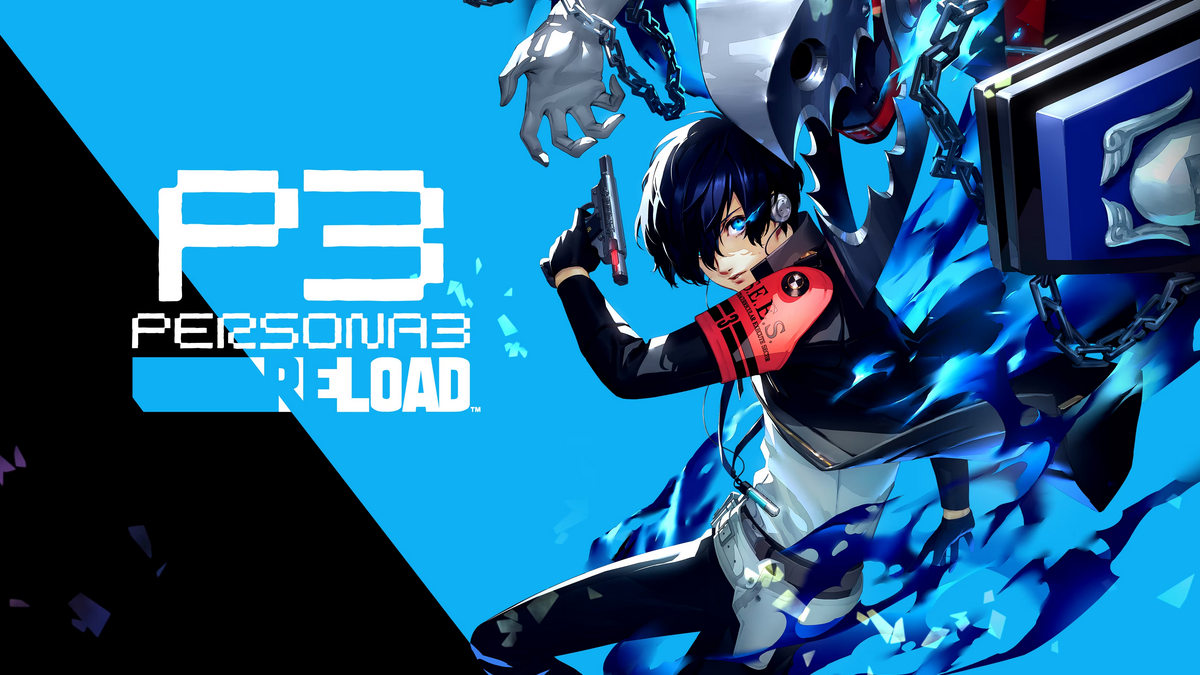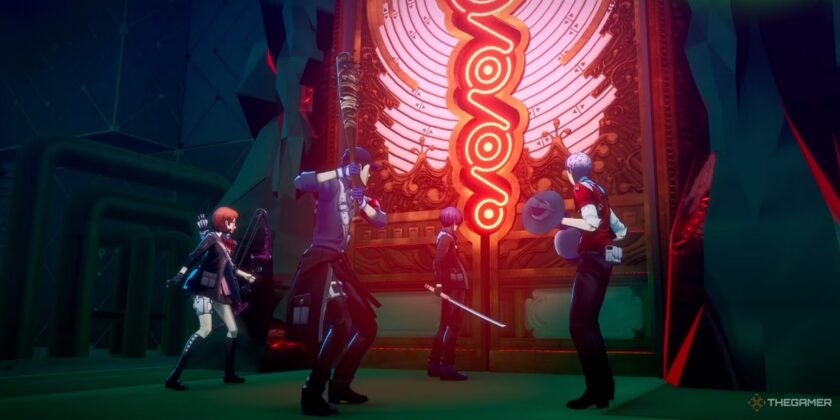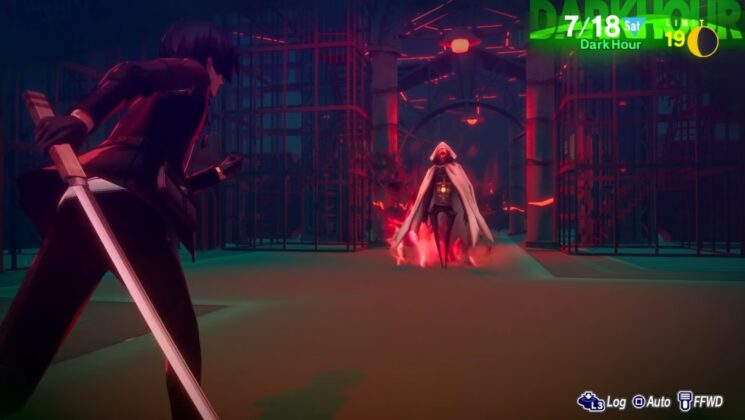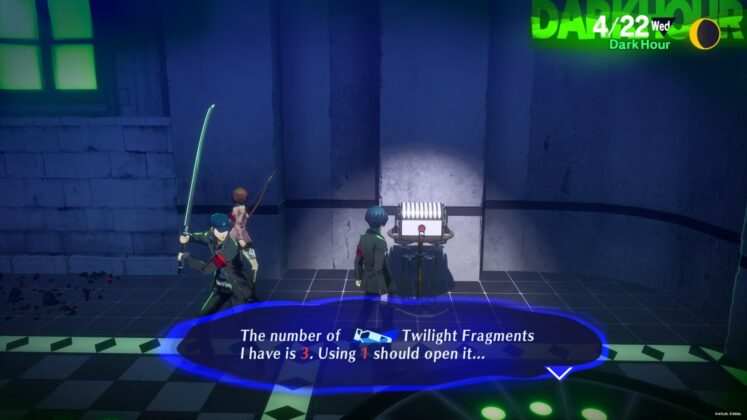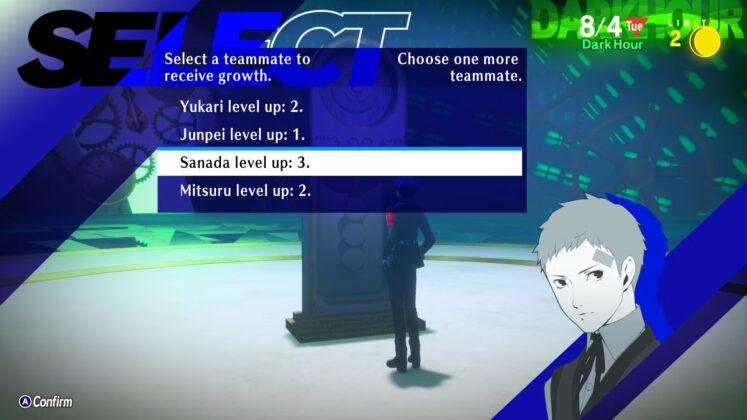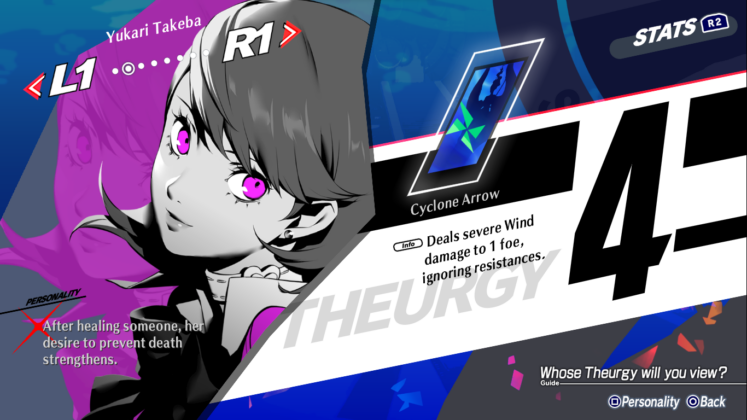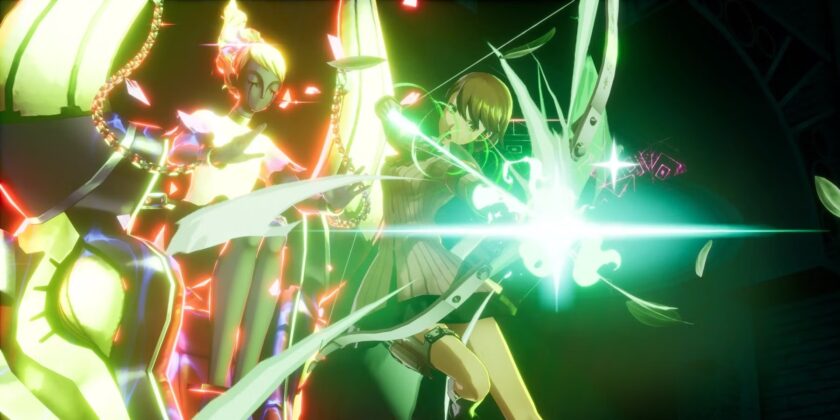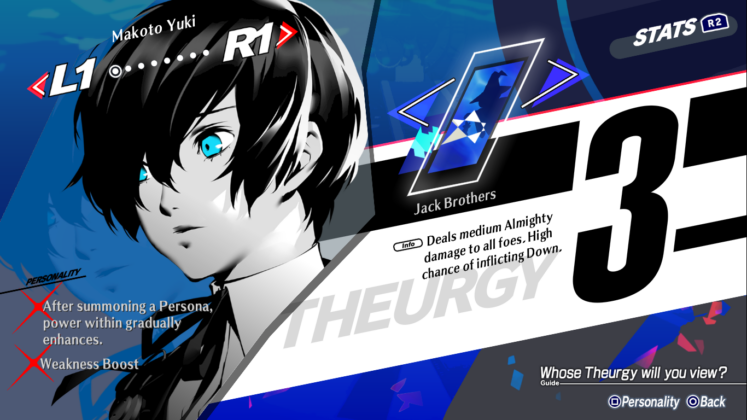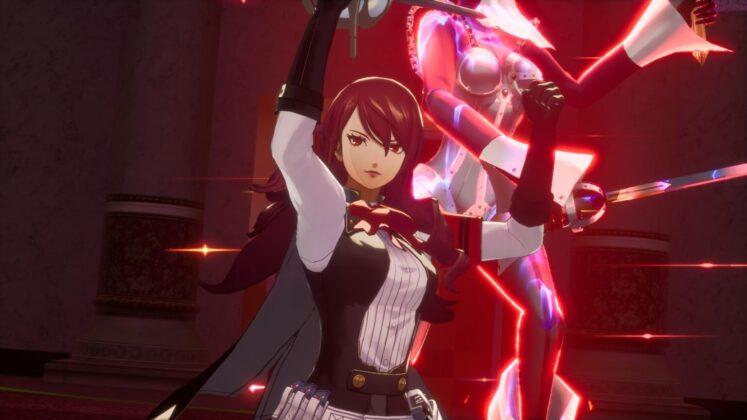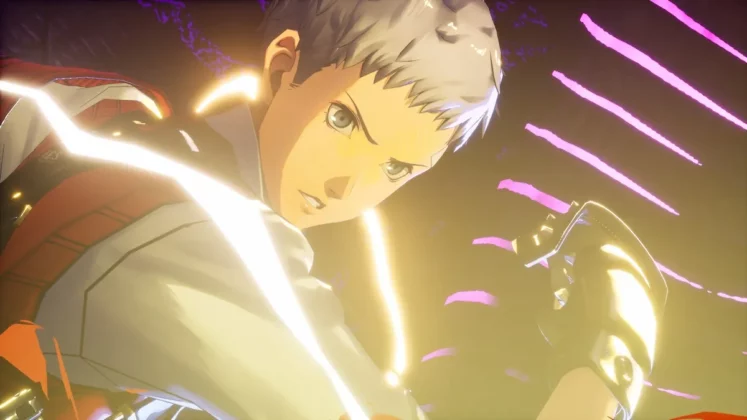It’s Going Down Now.
One of the things I’m most happy about in Persona 3 Reload is its changes to the combat and exploration systems in the Dark Hour. Other than each block in Tartarus having its own visual aesthetic as I mentioned before, Persona 3 Reload also added little details like breakable objects scattered all around the map, some floors having enemies with ailments and affecting their behaviour, and Monad Doors along with Monad Passage on some floors containing stronger enemies with rare rewards behind them. To me, this improves a lot on the exploration aspect of the original game, with each floor being varied enough even though the dungeon is procedurally generated.
A new type of currency that’s added in Persona 3 Reload are Twilight Fragments, which can be used to open up locked chests and heal the party using the Clock at Tartarus’ entrance. Using Twilight Fragments also gives you a chance to encounter a Great Clock, which allows other party members to level up instantly to your current level. I love this feature. It makes the party’s levelling-up process much smoother. All of this, along with the fact that the game removed the fatigue system from the original game, makes it clear that Tartarus now is designed to be best explored during one in-game day just like the Palaces in Persona 5 Royal, making it more convenient to balance social life and combat aspects of the game.
The combat in Persona 3 Reload itself at its core is the same as it’s ever been; A turn-based RPG combat focusing on exploiting your enemies’ weaknesses to gain extra turns and other advantages, which is a trademark for the Shin Megami Tensei series and its spin-offs at this point. The difference compared to the original is that it has been updated to match the improvements made by other Persona games ever since its release, such as the ability to directly command your party members (added in Persona 4) and the Shift system, which has the same function as Baton Pass in Persona 5 Royal where you can give another member in your party a turn after hitting an enemy’s weakness.
Something new that Persona 3 Reload added to the series is the Theurgy system, which is similar to Limit Breaks in the Final Fantasy series, and overall feels like the natural evolution to Showtime attacks that were introduced in Persona 5 Royal. By charging the Theurgy bar, every character in the game can unleash a finishing move with various effects, ranging from explosive attacks to buffs that power up the entire party.
What I like about the Theurgy bar is that it charges faster if the character does specific actions that match their role in the party; for example, Mitsuru’s bar charges faster if she applies status ailments to enemies, Yukari’s charges faster if she uses healing skills, and Junpei’s charges faster if he hits a critical on his attacks. This allows each character’s personality to shine even inside the game’s combat system. Moreover, it incentivizes players to approach combat creatively. For the protagonist himself, the Theurgy system incorporates fusion spells that existed in the original game. The system incentivises players to fuse more personas so that they can unlock new fusion spells in the game.
Despite all of the changes and additions to Persona 3 Reload‘s combat, this game perhaps has the most balanced combat system among the new generation of Persona games. One of the problems I had with Persona 5 Royal is that it weirdly makes the game much easier by giving the player a plethora of passive skills from progressing through the game’s Confidants. For example, the Baton Pass in Persona 5 Royal gives the next party member a damage buff, which makes killing enemies way too easy. Persona 3 Reload removes this in the Shift system. Instead, the buff is applied to the passive skills a persona can gain, such as skills that give HP or SP as you use the Shift system. This takes up a skill slot in the persona, which is something that the player has to consider when building their team, and in turn, gives more depth to the game’s systems.
Compared to the other games, the enemies and bosses in Persona 3 Reload also use status ailments more often. It can make the fights harder to handle and makes the usage of ailment recovery skills much more important than ever before. At first, I thought the Theurgy system would destroy the game’s balance, but while it does trivialize the normal fights, the boss fights are still challenging with it.

